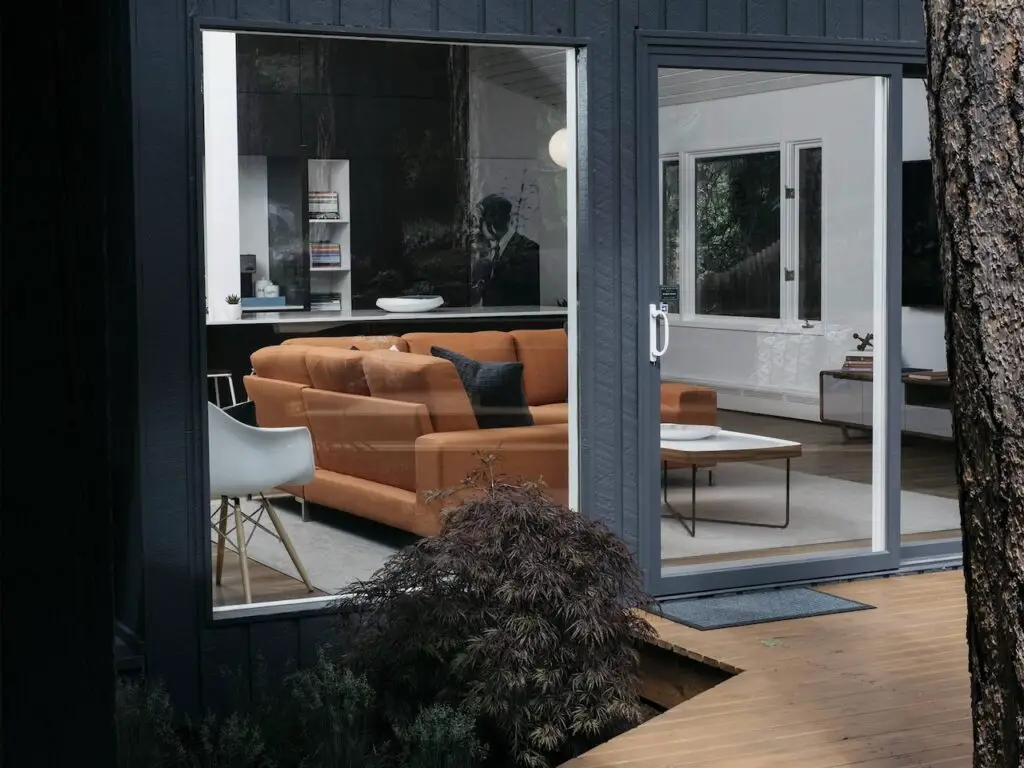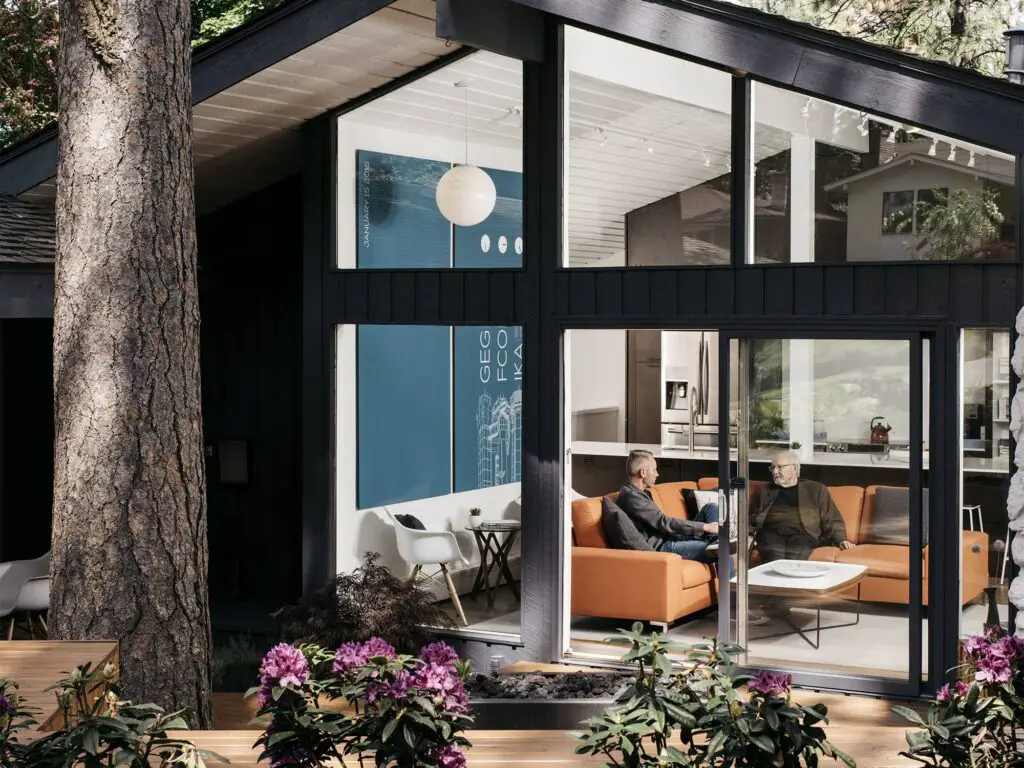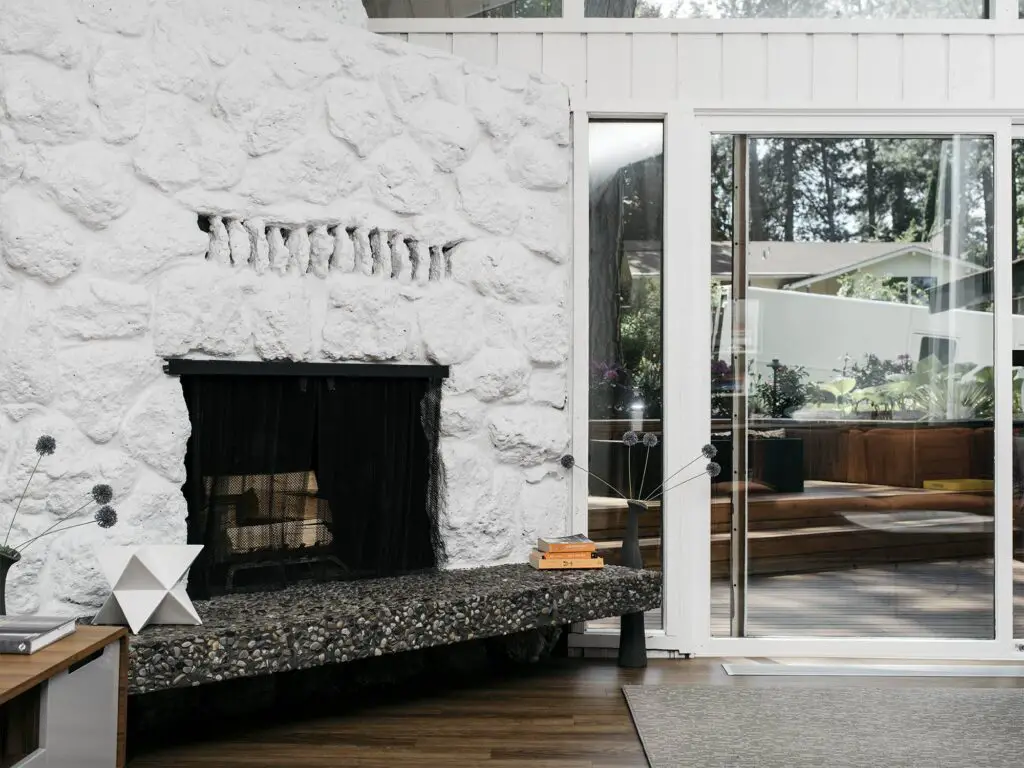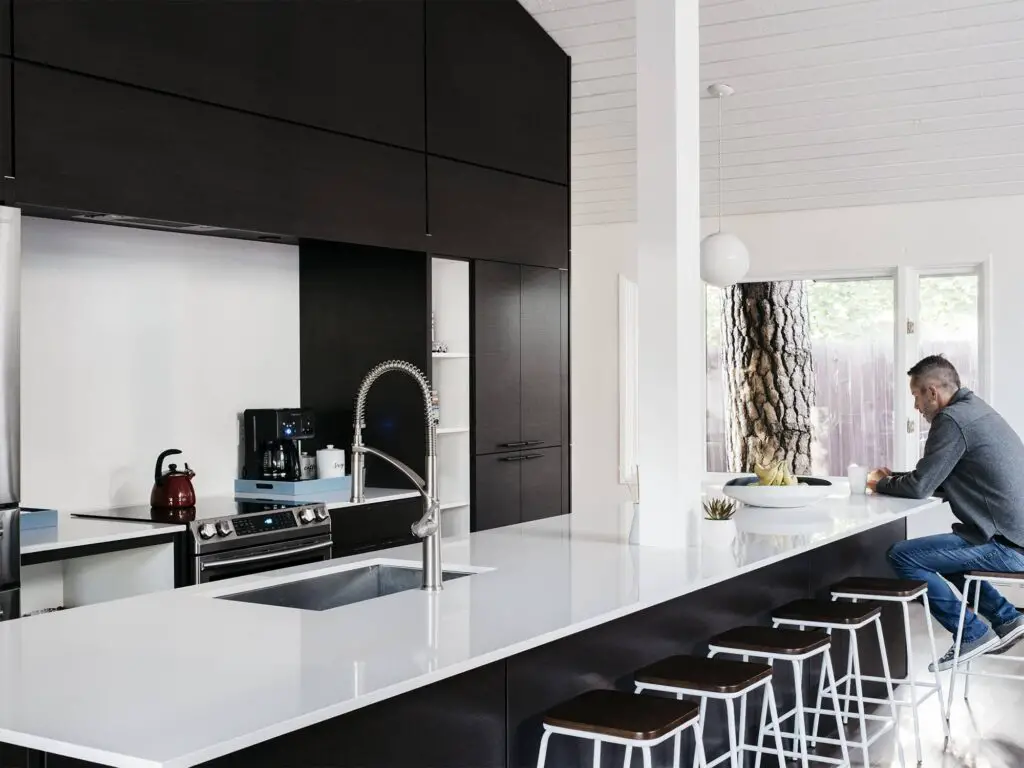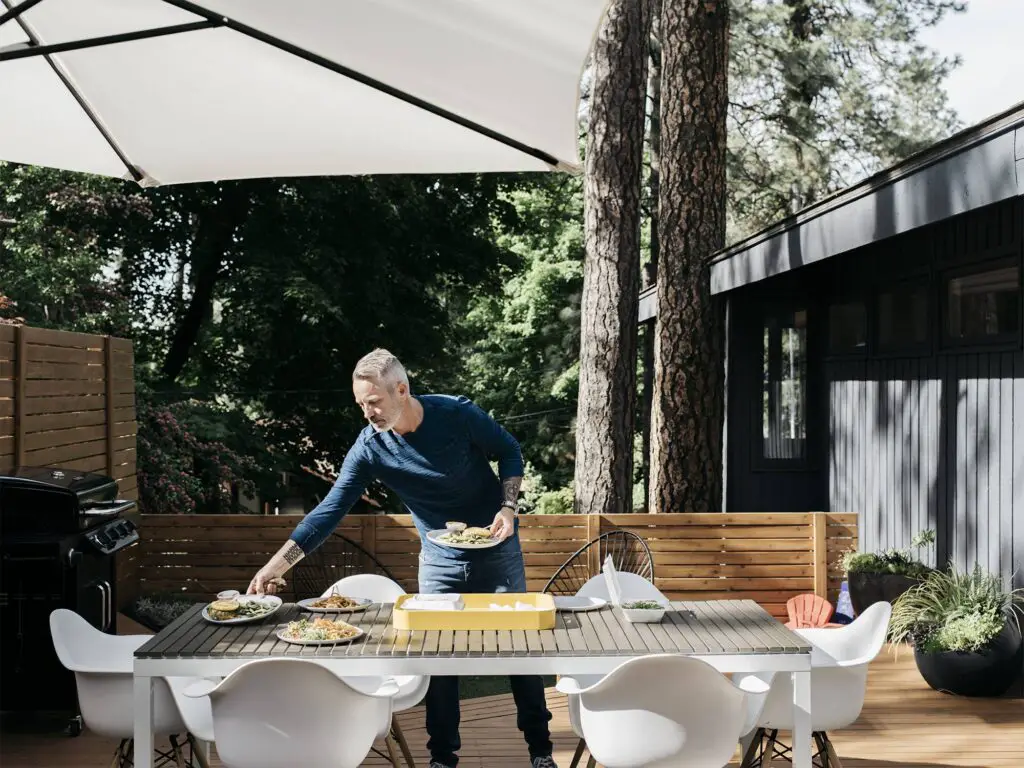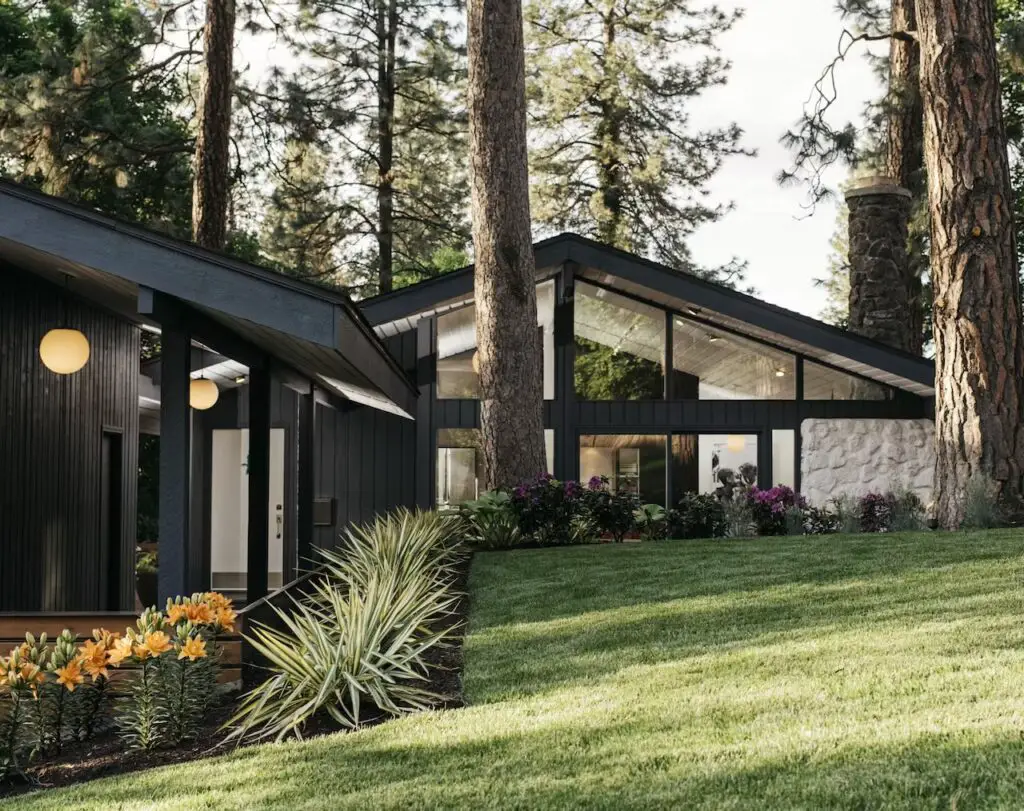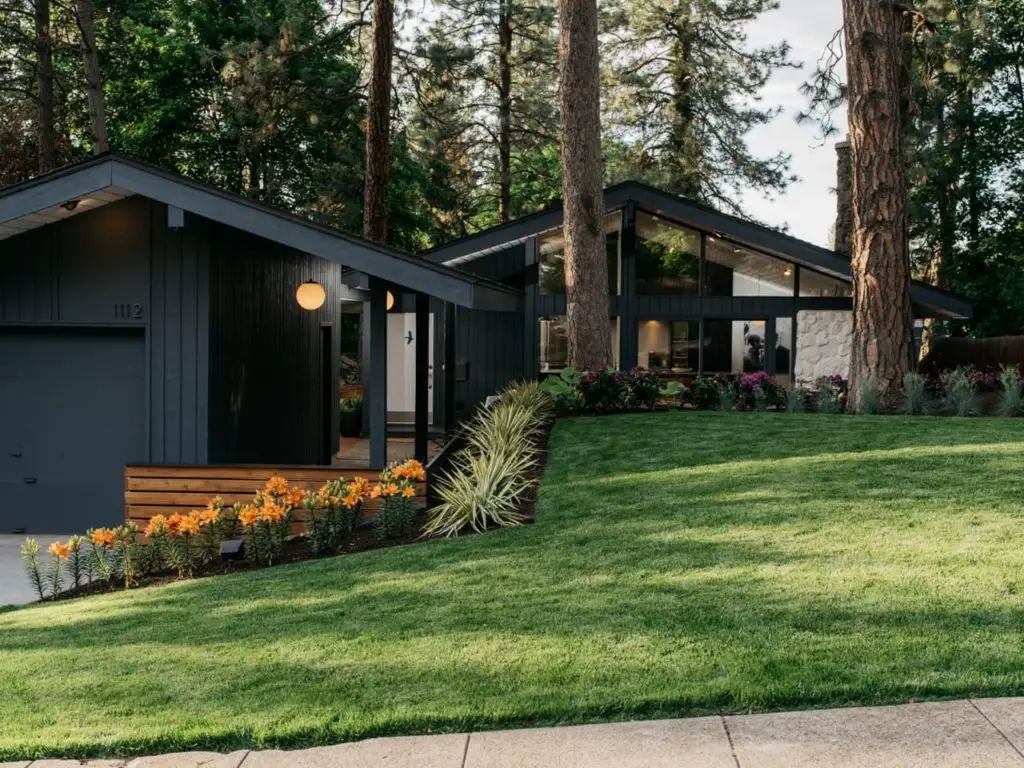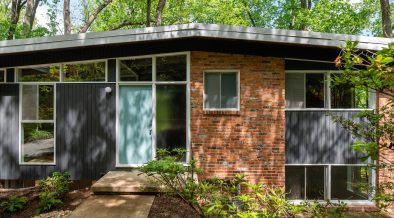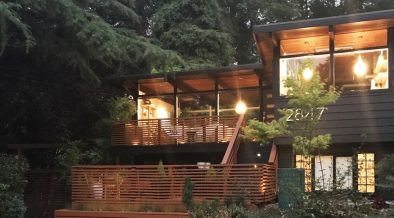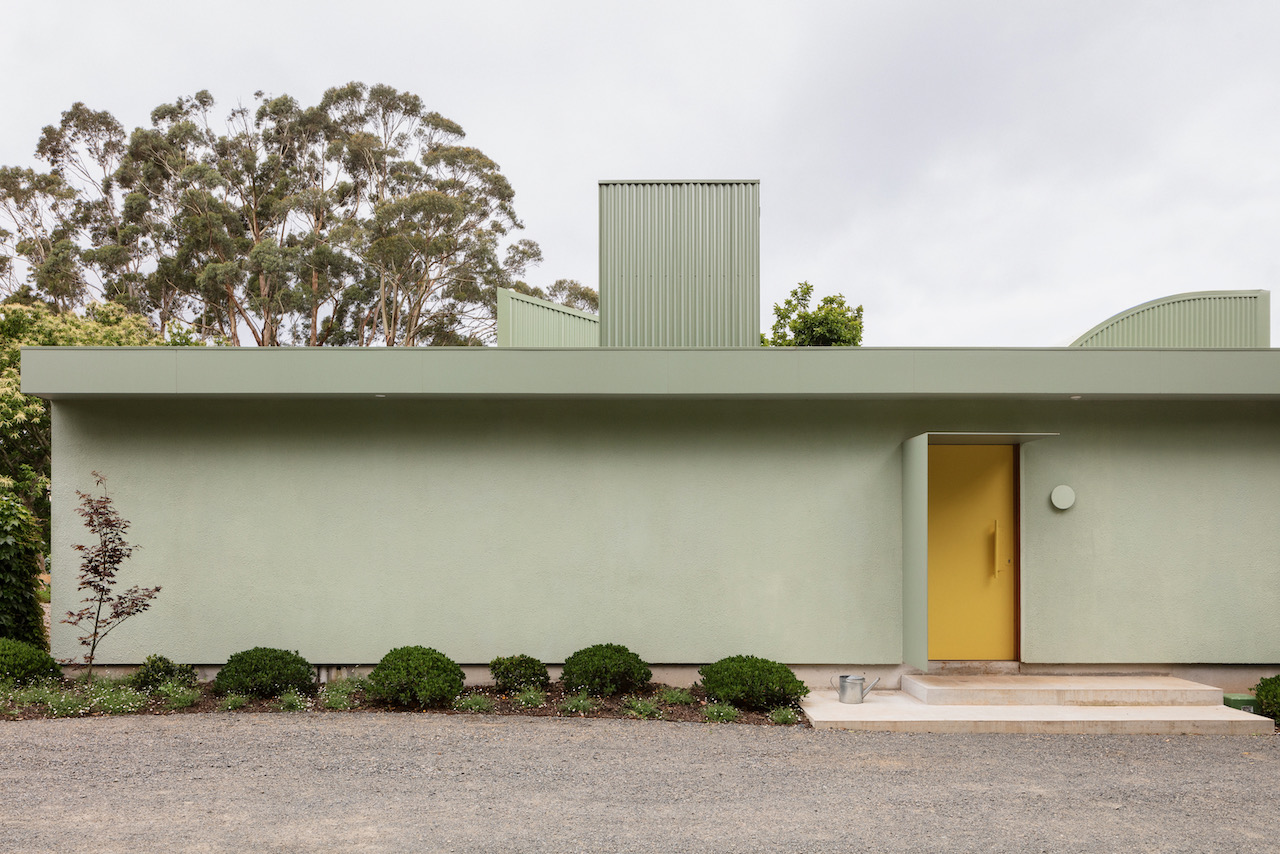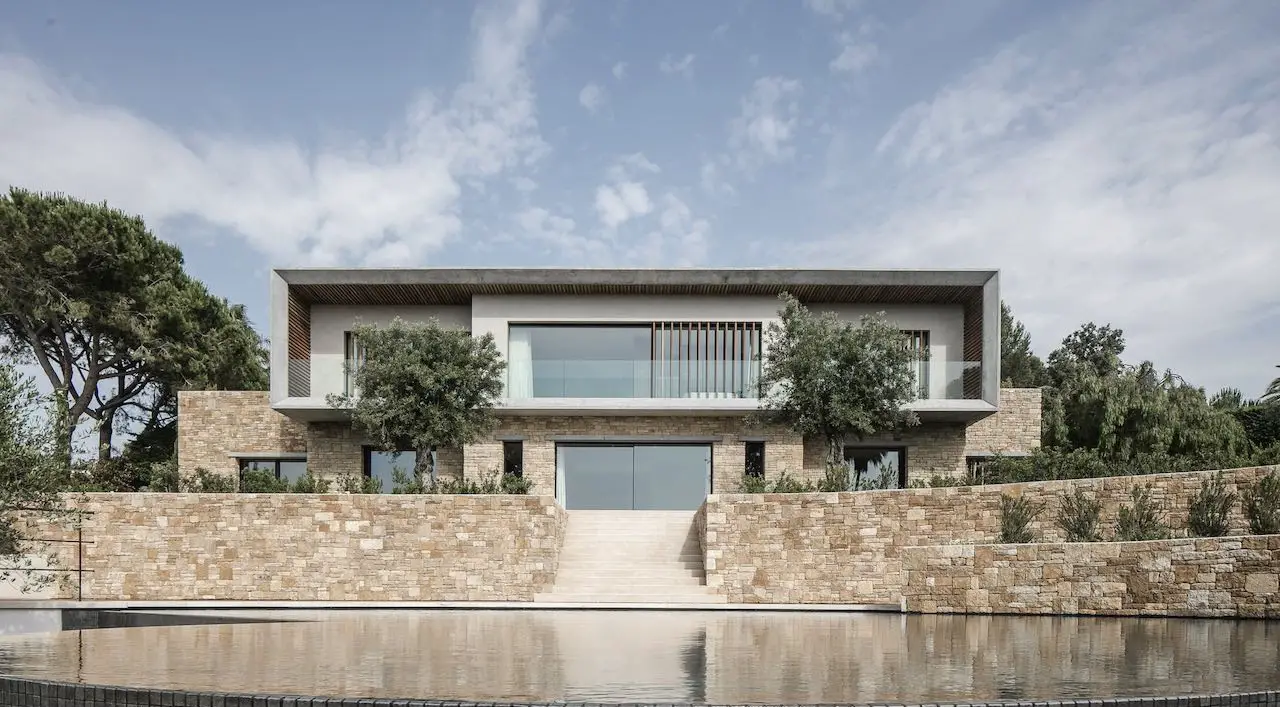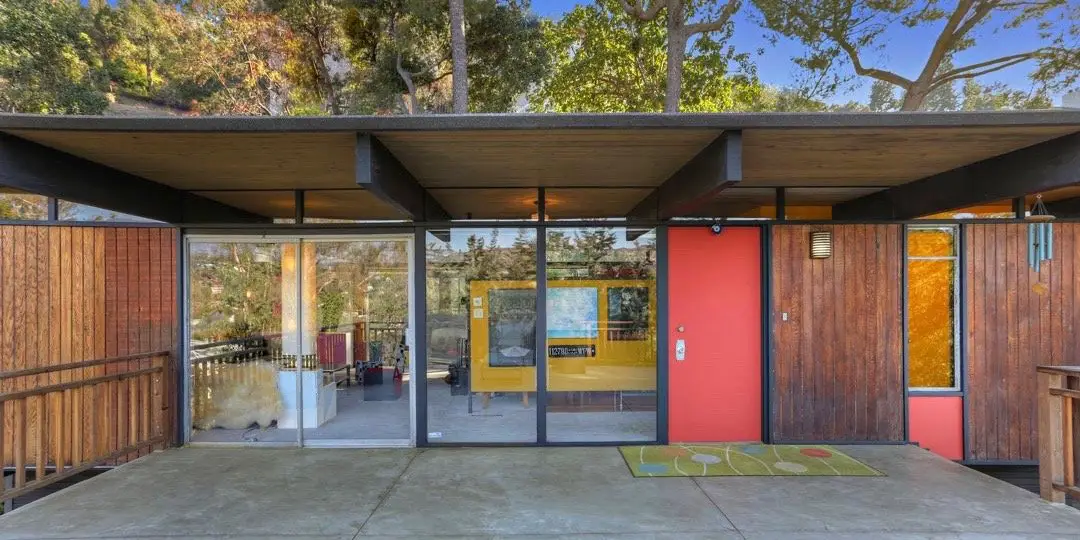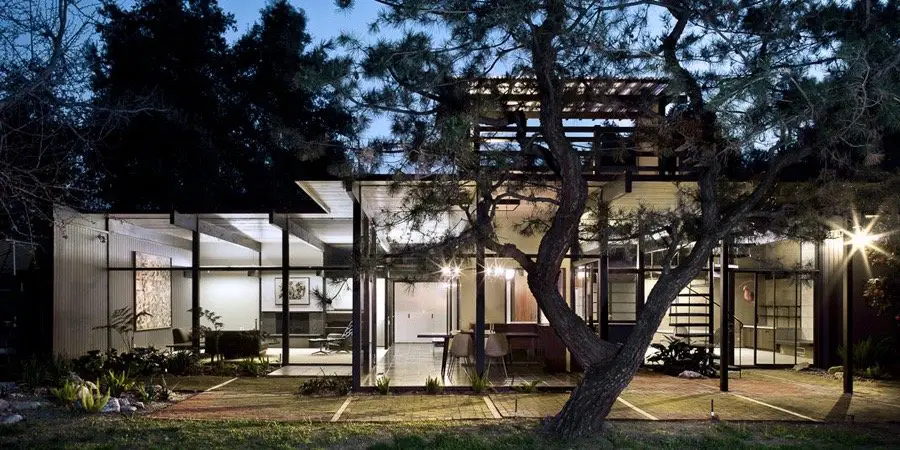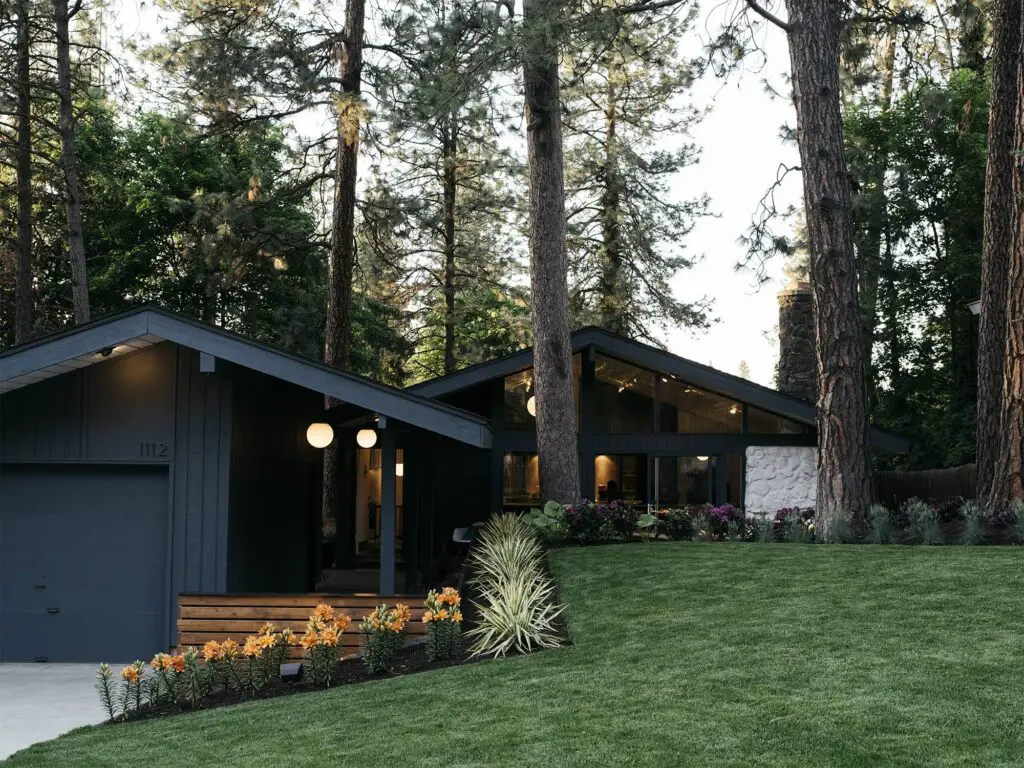
When Washington-based architect Josh Hissong, founder of HDG Architecture, purchased a neglected post-and-beam home in Spokane, he didn’t yet know he had found a Moritz Kundig mid-century house. Surrounded by woodland and blending with its natural setting, the house showed signs of age but retained its strong architectural identity.
Built in 1971, the home was later confirmed to be the work of Moritz Kundig, a respected figure in Pacific Northwest modernism. Known for his expressive use of form and structure, Kundig was also a founding member of NAC Architecture, a firm that helped define the regional architectural language.
In restoring the house, Hissong adopted a pragmatic, hands-on approach. He believes in taking a structure “back to its bones” before rebuilding with respect for the original. This mid-century renovation focused on highlighting architectural elements while introducing modern materials and functionality.
Clean whites and deep wood tones shape the interior. A standout element is the seventeen-foot Silestone countertop – bright white, functional, and social. Flooring throughout the main level uses durable Shaw LVP, chosen for both aesthetics and practicality. The result is a space that feels timeless and calm.
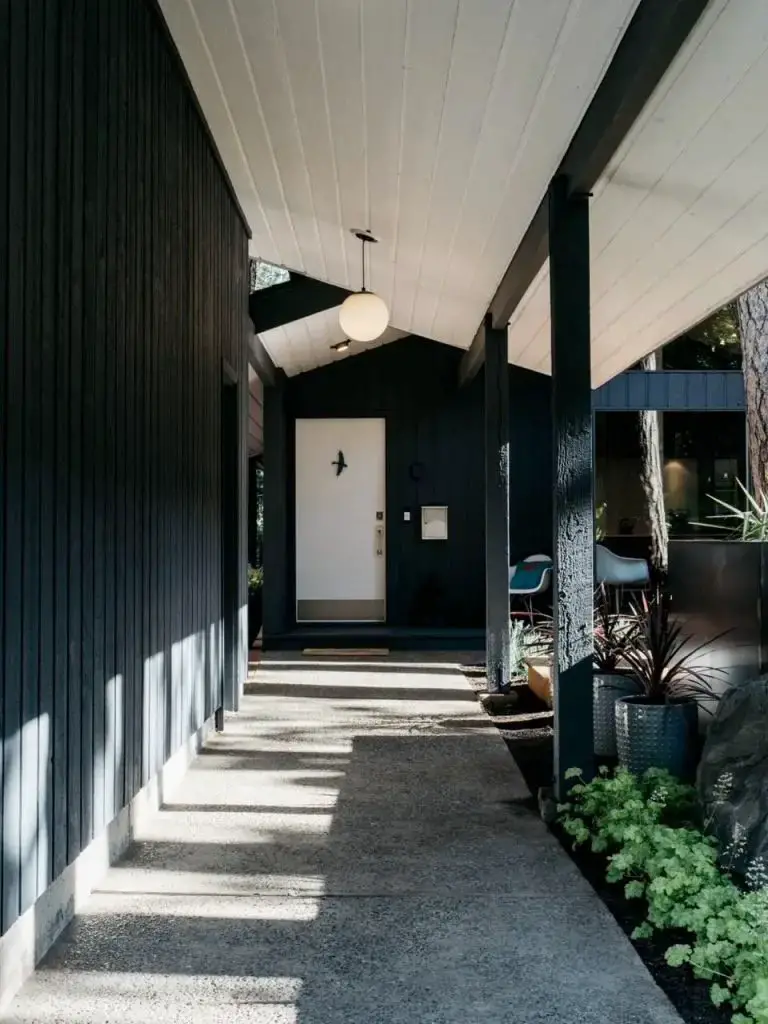
The exterior design draws directly from mid-century principles. Hissong selected “Deep Space” by Benjamin Moore – a colour inspired by Eichler homes – paired with ultra-bright white soffits and ceilings. A new 2,500-square-foot cedar deck was added, aligning with the home’s original material palette and outdoor focus.
Reflecting on the process, Hissong advises anyone restoring a mid-century modern home to first learn the architect’s intent. “Find out who designed it, and why,” he says. That understanding informs every decision. In this case, it led to a sensitive transformation of a Moritz Kundig mid-century house, preserving its legacy while preparing it for the decades ahead.
